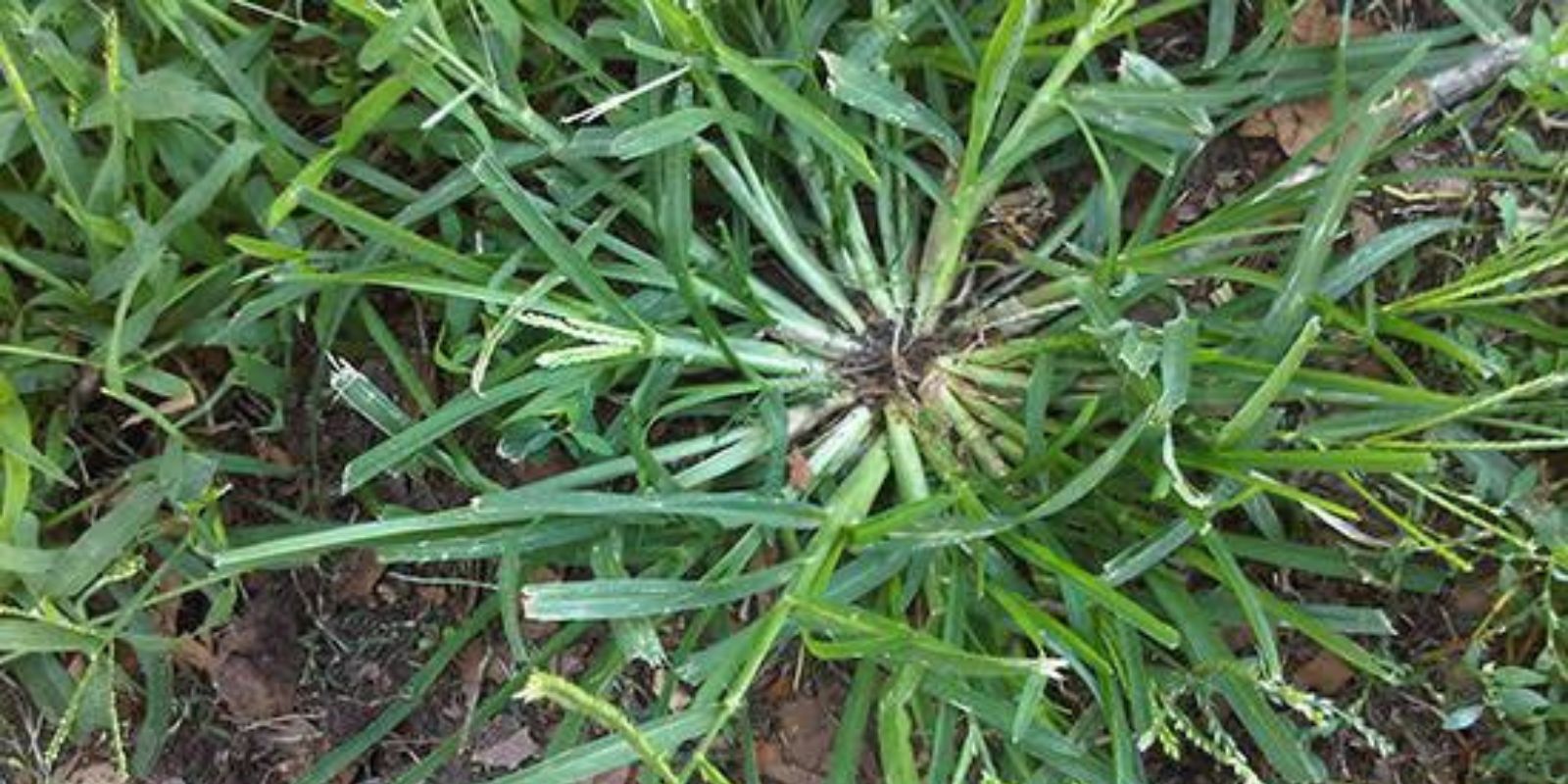Goosegrass (Galium aparine), often dismissed as an annoying weed, is actually a powerful medicinal plant with a long history of use in natural healing. Most people overlook its potential, unaware that this common wild herb can provide significant health benefits. Whether you’re interested in herbal medicine, foraging, or simply want to learn more about nature’s hidden treasures, this article will uncover the secrets of goosegrass and how you can use it to improve your health.
What is Goosegrass?
Goosegrass, also known as cleavers, stickyweed, or catchweed, is a fast-growing annual plant that belongs to the Rubiaceae family. It’s commonly found in gardens, fields, and along roadsides, easily recognized by its clinging, sticky stems that attach to clothing and animal fur.
This resilient plant has been used for centuries in traditional medicine, particularly in Europe, Asia, and North America. Goosegrass is packed with beneficial compounds, including antioxidants, flavonoids, tannins, and organic acids, making it a valuable herb for natural healing.
Key Health Benefits of Goosegrass
1. Supports the Lymphatic System
Goosegrass is best known for its ability to support and cleanse the lymphatic system. The lymphatic system plays a crucial role in eliminating toxins from the body and maintaining immune health. Drinking goosegrass tea or tincture can help promote lymphatic drainage, reducing swelling, puffiness, and improving overall detoxification.
2. A Natural Detoxifier
Thanks to its diuretic properties, goosegrass is excellent for flushing out toxins from the kidneys and urinary tract. It helps prevent kidney stones, urinary infections, and water retention by promoting the production of urine, which eliminates waste and excess fluids.
3. Boosts Skin Health
Goosegrass contains anti-inflammatory and antibacterial properties that make it beneficial for skin conditions like eczema, acne, and psoriasis. Applying a poultice of fresh goosegrass to irritated skin can help soothe inflammation and speed up the healing process.
4. Wound Healing & First Aid
In traditional herbal medicine, fresh goosegrass was used as a natural bandage for cuts, wounds, and burns. The juice or crushed leaves of the plant can be applied directly to wounds to promote healing and prevent infections.
5. Supports Digestive Health
Goosegrass has mild laxative properties, helping to promote regular bowel movements and relieve constipation. It also soothes the digestive tract and can help with bloating and indigestion.
6. Anti-Inflammatory & Pain Relief
Due to its natural anti-inflammatory properties, goosegrass may help reduce pain and swelling associated with arthritis, joint pain, and other inflammatory conditions. Drinking goosegrass tea regularly can provide relief from chronic pain.
How to Use Goosegrass
There are several ways to incorporate goosegrass into your daily routine. Here are the most effective methods:
1. Goosegrass Tea (Lymphatic Detox Tea)
Ingredients:
- 1-2 teaspoons of fresh or dried goosegrass
- 1 cup of boiling water
Instructions:
- Pour boiling water over the goosegrass.
- Let it steep for 10-15 minutes.
- Strain and drink warm.
- For best results, drink 1-2 cups daily.
2. Goosegrass Juice (Skin & Detox Remedy)
Ingredients:
- A handful of fresh goosegrass
- 1/2 cup of water
Instructions:
- Blend fresh goosegrass with water until smooth.
- Strain the liquid and drink immediately.
- Apply the juice to the skin for rashes, cuts, and insect bites.
3. Goosegrass Poultice (For Wounds & Inflammation)
Instructions:
- Crush fresh goosegrass leaves into a paste.
- Apply directly to wounds, burns, or swollen areas.
- Cover with a clean cloth and leave on for 30 minutes before rinsing.
4. Goosegrass Tincture (For Long-Term Use)
Ingredients:
- Fresh goosegrass
- Alcohol (vodka or brandy)
Instructions:
- Fill a jar with fresh goosegrass and cover it with alcohol.
- Seal the jar and let it sit for 4-6 weeks, shaking occasionally.
- Strain the liquid and store it in a dark glass bottle.
- Take a few drops daily for detoxification and immune support.
Is Goosegrass Safe to Use?
Goosegrass is generally safe for most people, but there are a few precautions to keep in mind:
- Pregnant or breastfeeding women should consult a doctor before using goosegrass.
- If you have kidney issues, speak with a healthcare provider before consuming goosegrass, as it is a diuretic.
- Some people may have mild allergic reactions, so do a patch test before applying it to the skin.
Foraging & Identifying Goosegrass
If you’re interested in foraging, goosegrass is easy to find in the wild. Look for it in fields, along hedgerows, or in your own backyard. It has slender, sticky stems with whorled leaves and small, white flowers that bloom in summer. Always harvest goosegrass from clean, pesticide-free areas.
Final Thoughts: Why You Should Start Using Goosegrass
Most people see goosegrass as just another weed, but in reality, it’s a powerhouse of health benefits. Whether you want to detox your body, support your immune system, improve your skin, or treat minor wounds naturally, this plant is a great addition to your herbal medicine cabinet.
🌿 Have you ever used goosegrass? Share your experience in the comments below! 👇

